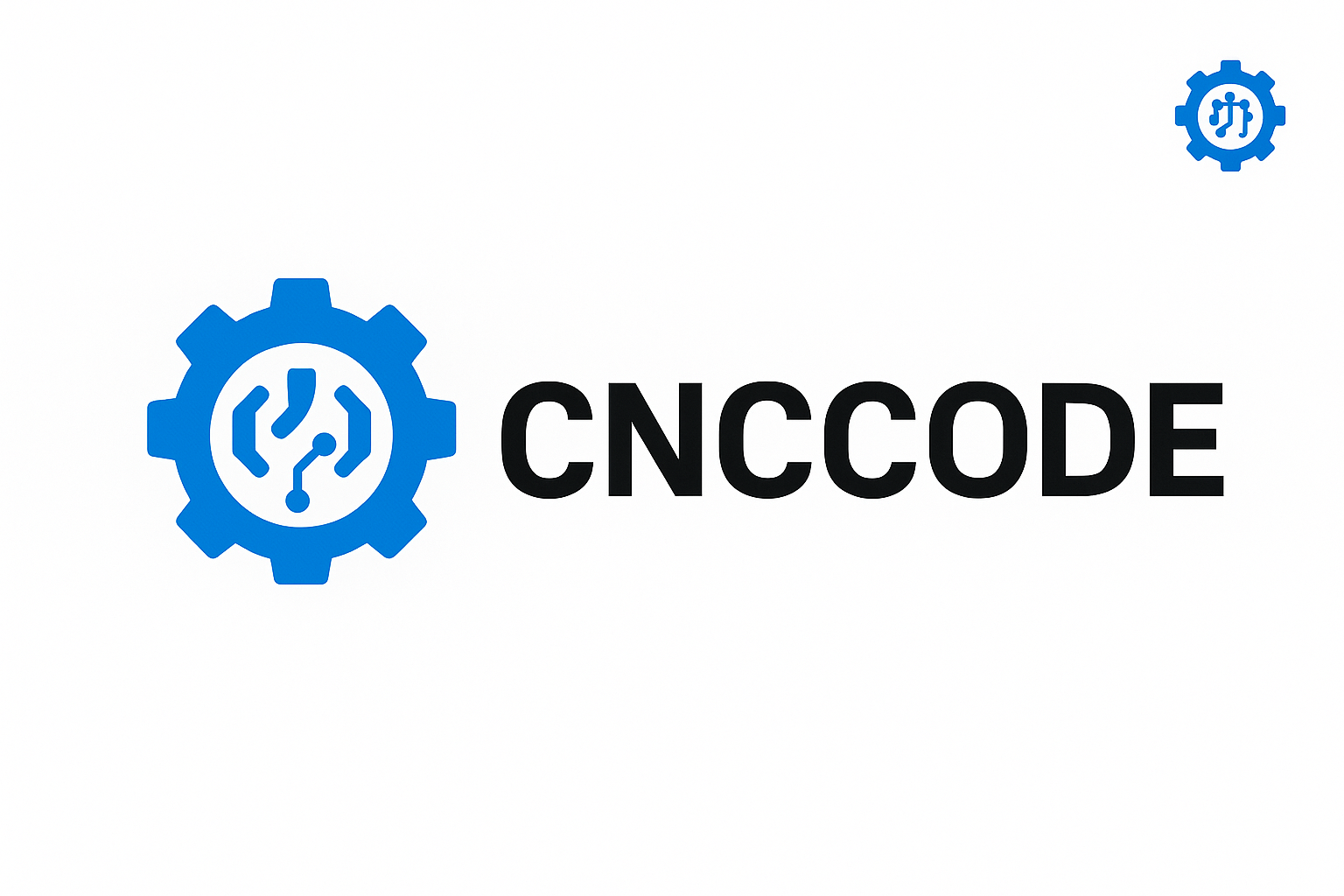Start your CNC journey with confidence! Discover how to design, build, and optimize your DIY CNC machine with cost-effective components, plans, and pro tips for 2025 and beyond.
Ultimate DIY CNC Guide 2025: Build Your Own CNC Machine from Scratch (Beginner to Expert)
With the growing affordability of CNC components and open-source platforms like Arduino and GRBL, building your own CNC machine has never been more achievable. Whether you’re a hobbyist, a student, or a future entrepreneur, this 2025 guide walks you through every step — from concept to cutting your first part.
1. Why Build a DIY CNC in 2025?
- Cost Efficiency: Save 50–80% compared to commercial CNC systems.
- Learning Opportunity: Deepen your knowledge in electronics, mechanics, and G-code programming.
- Customization: Build exactly what you need — a mini CNC for PCBs or a large CNC for wood or aluminum.
- AdSense Niche: DIY CNC is one of the top-searched hobby electronics categories globally.
2. Choosing the Right CNC Type for Your Project
| CNC Type | Material Support | Ideal For |
|---|---|---|
| CNC Router | Wood, plastics, soft metals | Hobby woodworking, signage |
| CNC Mill | Aluminum, brass, steel | Metalworking, precision parts |
| CNC Laser Cutter | Wood, acrylic, paper | Arts, model making |
| CNC Plasma Cutter | Steel, thick metals | Industrial metal fabrication |
3. Essential Components for a DIY CNC Machine
- Frame: Aluminum extrusion (e.g., 2020/2040) or MDF for budget builds
- Stepper Motors: NEMA 17 or NEMA 23 (based on torque needs)
- Controller: GRBL, Arduino UNO, CNC Shield v3
- Drivers: A4988 or TB6600 for higher current handling
- Power Supply: 12V or 24V DC, 10–15A depending on setup
- Spindle or Laser Module: 500W to 1500W spindles or 5–15W diode lasers
- Lead Screws / Belts: T8 lead screws, GT2 belts for X/Y axis
4. Software for DIY CNC Control and Design
- CAD: FreeCAD, Fusion 360, LibreCAD
- CAM: EstlCAM, Carbide Create
- Controller: Universal Gcode Sender (UGS), bCNC
- Simulation: OpenBuilds Control, CNCjs
5. Step-by-Step CNC Build Plan
- Design the machine layout using CAD software
- Assemble the frame using aluminum extrusions or wood
- Mount linear rails, lead screws, or belts
- Install stepper motors and test movement via Arduino GRBL
- Wire up the electronics (controller board, drivers, endstops)
- Secure the spindle or laser and calibrate Z-axis
- Test the full motion and begin test cuts
6. Budget Breakdown (2025)
| Component | Approx. Cost (USD) |
|---|---|
| Frame Materials | $80–150 |
| Stepper Motors + Drivers | $60–100 |
| Controller Board | $15–30 |
| Power Supply | $20–40 |
| Spindle or Laser | $50–150 |
| Miscellaneous (wires, couplers) | $30–60 |
| Total | $250–500 |
7. Safety Tips for Hobby CNC Machines
- Always use safety glasses and ear protection
- Operate in a well-ventilated area
- Install emergency stop switches
- Use proper cable management and grounding
8. Advanced DIY CNC Projects & Upgrades
- Closed-loop stepper motor upgrades for better accuracy
- Dust collection system and enclosure design
- Touch probes for automatic zeroing
- Wi-Fi connectivity using ESP32 or Raspberry Pi
- Tool changers and automatic spindle control
9. CNC Forums & Communities for DIY Help
Join these active forums to get advice, share builds, and solve problems:
- CNCLife Forum
- OpenBuilds Community
- Reddit r/CNC
- MyCNCForum.com
Conclusion: Build, Learn, Repeat
DIY CNC projects are a fun and powerful gateway into automation, machining, and design thinking. With an investment of just a few hundred dollars, you can build a machine that teaches you life-long skills and even supports small-scale business ideas. Start now, document your journey, and share your builds online!

Leave a comment